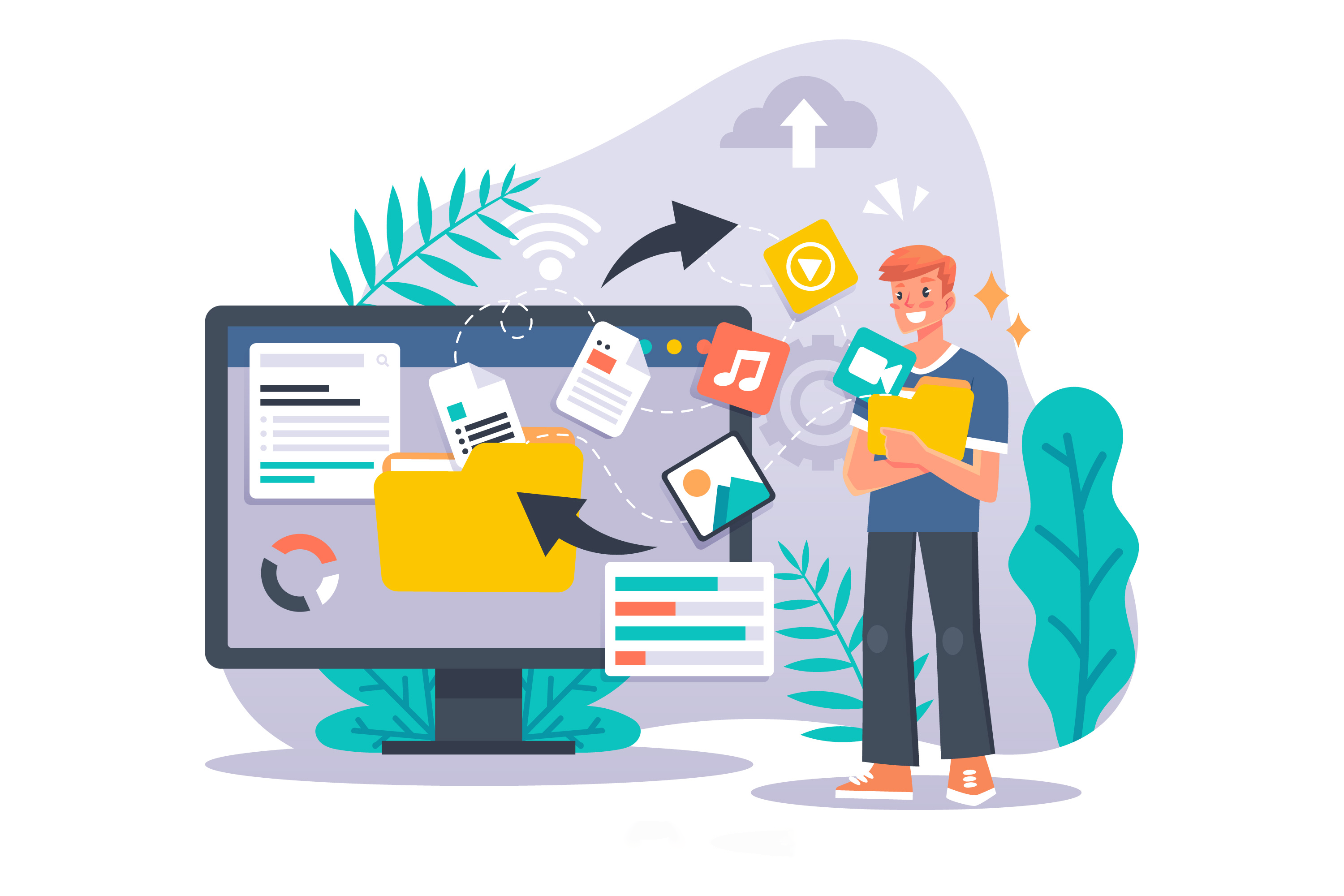Lead generation and appointment setting are both successful uses of email marketing. It’s crucial to segment your email list and personalize your communications to maximize the effectiveness of this technique. We’ll examine the advantages of segmentation and personalization in email marketing for generating leads and setting up appointments in this blog article, along with advice on how to use these tactics successfully.
What is segmentation in email marketing?
Using criteria like demographics, hobbies, behavior, or engagement, segmentation is the act of breaking up your email list into smaller groups. You may send personalized communications to each group on your list by segmenting it, boosting the likelihood that they will interact and convert.
What are the benefits of segmentation in email marketing?
Segmentation can help you:
Communicate in a way that is tailored to the audience’s unique requirements and interests.
By distributing more pertinent and customized material, increase engagement rates.
Sending personalized offers and calls to action will boost conversion rates.
By eliminating messages that are irrelevant or repetitious, unsubscribe rates can be decreased, as can spam complaints.
What is personalization in email marketing?
Personalization is tailoring your communications to each recipient individually depending on their preferences, actions, or previous interactions with your business. This may be done by including their name, location, past purchases, or other pertinent information in the email’s body.
What are the benefits of personalization in email marketing?
Personalization can help you:
Addressing your audience by name and demonstrating that you comprehend their wants and interests can help you to establish a closer relationship with them.
By making your communications more pertinent and interesting, you may raise open and click-through rates.
By providing tailored offers, suggestions, or material, you may increase client loyalty and retention.
By making personalized upsell or cross-sell offers to your most valuable clients and prospects, you may increase revenue and return on investment.
How to implement segmentation and personalization in email marketing for lead generation and appointment setting?
Collect and analyze data: To learn more about the tastes, habits, and demographics of your audience, use site analytics, customer surveys, or other data sources.
Define your segments: Based on your data research, create segments using parameters like age, gender, geography, hobbies, behavior, or engagement.
Tailor your messages: Customize your email content to each segment, using language, tone, and offers that resonate with their specific needs and interests.
Use personalization tags: Using personalization tags, add dynamic material to your emails, such as the recipient’s name, location, or previous purchases.
Test and optimize: To determine which segmentation and personalization techniques are most effective for your audience, track the outcomes of your email campaigns and test several approaches.
Conclusion:
Effective email marketing lead generation and appointment scheduling methods must include segmentation and personalization. You can increase engagement, conversion, and client loyalty by personalizing your communications for each group and each receiver. Implement these tactics to increase the effectiveness of your email messages by using data analysis, segmentation, personalization tags, and testing.
Outline:
I. Introduction
In email marketing, a definition of segmentation and personalization
importance of these tactics for appointment setup and lead generation
II. Segmentation in email marketing
The meaning of segmentation and its advantages
Norms for segmentation examples
segmenting your email list best practices.
III. Personalization in email marketing
Meaning and advantages of personalization
Examples of customization components
guidelines for personalizing the content of your emails.
IV. Implementation tips for segmentation and personalization in email marketing
data collection and analysis
the segmentation of your work
Customizing your communications
Making use of customization tags
You should experiment with and improve your plans.
V. Conclusion
An overview of the advantages and recommended methods for using segmentation and personalization in email marketing

